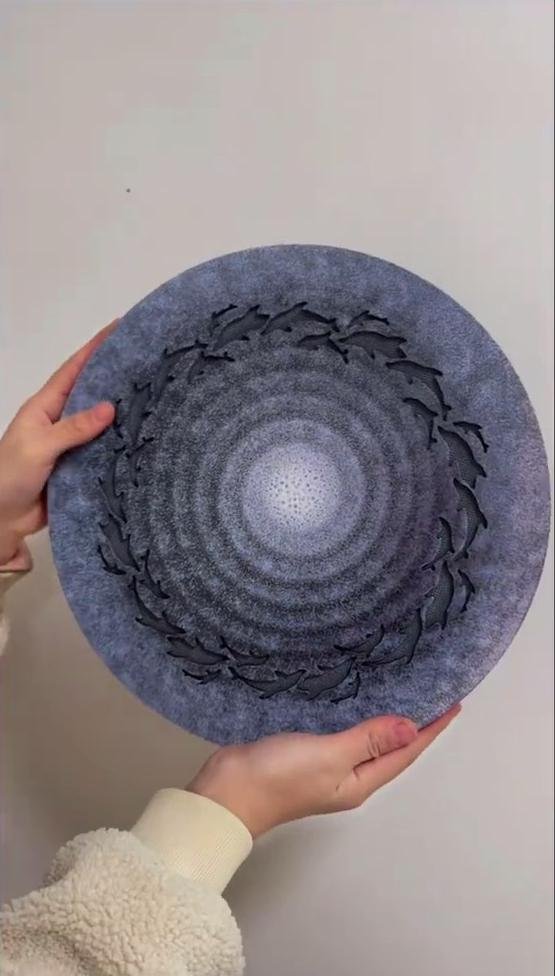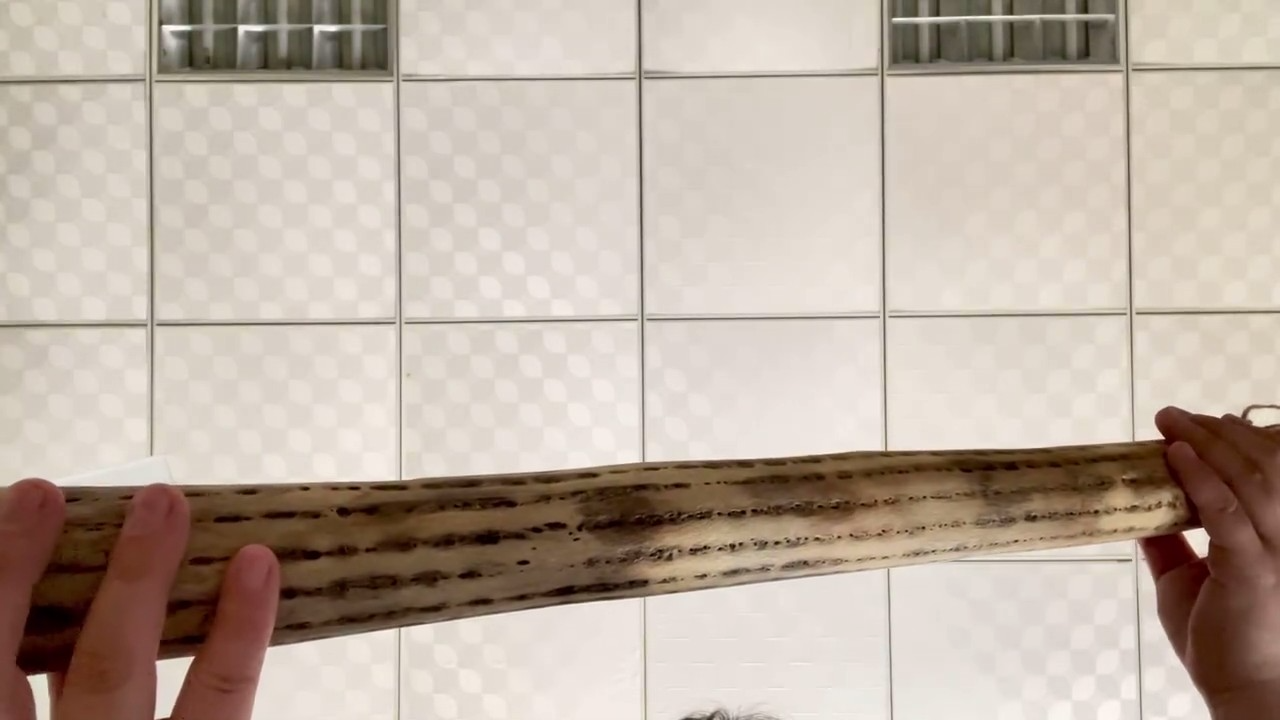The crystal merkaba represents a revolutionary breakthrough in musical instrument design, combining the sacred geometry of the merkaba with the pure acoustic properties of crystal to create an instrument capable of producing transcendent sounds that heal, inspire, and transform consciousness. This unique instrument merges ancient wisdom about geometric harmony with modern crystallography and acoustic engineering, resulting in a musical device that serves simultaneously as artistic expression tool, therapeutic instrument, and consciousness exploration vehicle.
Unlike conventional musical instruments that rely on strings, membranes, or air columns for sound production, the crystal merkaba utilizes the geometric perfection of intersecting tetrahedra carved from high-quality quartz crystal. When activated through various playing techniques, this sacred geometric form produces pure, sustained tones with complex harmonic overtones that create profound acoustic experiences capable of inducing deep states of relaxation, meditation, and healing.

Origins and Development
Historical Background
The concept of using crystalline materials for sound production has ancient roots spanning multiple civilizations that recognized crystal’s unique acoustic and energetic properties. Ancient Egyptian temples incorporated quartz resonators into architectural designs that amplified and focused sound for ceremonial purposes, while Tibetan practitioners developed crystal singing bowls that produced pure tones for meditation and healing practices.
The integration of sacred geometry into musical instrument design emerged from the recognition that certain geometric forms possess inherent harmonic properties that enhance acoustic resonance and energy amplification. The merkaba, consisting of two interlocking tetrahedra forming a three-dimensional star, was identified by ancient mystics as a fundamental geometric pattern underlying cosmic creation and consciousness expansion.
Modern crystal merkaba instruments evolved during the late 20th century as advances in crystal cultivation and precision manufacturing made it possible to create geometrically perfect merkaba forms from high-purity quartz crystal. Early pioneers in crystal sound healing recognized that the merkaba’s sacred geometry could enhance the therapeutic and meditative properties of crystal instruments beyond what simple geometric forms could achieve.
Manufacturing Innovation
The creation of crystal merkaba instruments demands extraordinary precision in both geometric accuracy and surface quality, requiring manufacturing techniques that can maintain tolerances measured in fractions of millimeters while achieving optical-quality surface finishes. Computer-controlled manufacturing systems revolutionized crystal merkaba production by enabling precise three-dimensional carving that maintains exact geometric relationships between all faces and edges of the complex merkaba structure.
Quality control systems incorporate laser measurement technology and acoustic testing protocols that ensure each instrument meets stringent standards for geometric accuracy, surface quality, and tonal characteristics. Advanced polishing techniques create mirror-like surface finishes that maximize internal light reflection and acoustic clarity while eliminating microscopic imperfections that could compromise sound quality.
Recent innovations include the development of synthetic quartz crystals specifically optimized for musical applications, offering superior acoustic properties and consistency compared to natural crystals while enabling more affordable production costs that make these instruments accessible to broader audiences.
Acoustic Principles and Geometry
Merkaba Acoustic Properties
The merkaba’s unique three-dimensional structure creates complex acoustic interactions that distinguish it from simpler geometric forms used in conventional crystal instruments. The intersecting tetrahedra form internal chambers and surface facets that generate multiple resonant frequencies simultaneously, creating rich harmonic content that gives crystal merkaba instruments their distinctive sound character.
Each tetrahedral component contributes specific acoustic characteristics, with the upward-pointing tetrahedron traditionally associated with ascending frequencies and expansive energy, while the downward-pointing tetrahedron generates grounding frequencies and focusing energy. The intersection of these complementary geometric elements creates acoustic interference patterns that enhance certain harmonics while suppressing others, resulting in naturally balanced and harmonious tone production.
The merkaba’s surface geometry provides multiple strike zones with different acoustic properties, enabling players to access various tonal colors and dynamic levels by choosing appropriate contact points and playing techniques. The three-dimensional symmetry ensures even sound radiation in all directions, creating immersive acoustic environments that surround listeners with balanced sound fields.
Crystal Material Characteristics
Quartz crystal’s unique crystalline structure provides ideal acoustic properties for musical applications, with its highly organized molecular arrangement enabling efficient sound transmission and minimal internal damping. The piezoelectric properties inherent in quartz create natural sound amplification effects that enhance acoustic output while maintaining exceptional clarity and purity of tone.
Different crystal types produce distinctive sound characteristics that influence the overall acoustic personality of merkaba instruments. Clear quartz provides the purest, most transparent tones with maximum harmonic clarity, while colored quartz varieties introduce subtle tonal colorations that many players find enhance specific applications or aesthetic preferences.
Temperature stability represents a crucial advantage of quartz crystal for musical instruments, as the material maintains consistent dimensions and acoustic properties across normal environmental temperature ranges. This stability ensures reliable tuning and consistent performance characteristics regardless of ambient conditions.
Construction and Classification
Basic Components
The primary crystal structure forms the heart of every merkaba instrument, requiring precise geometric accuracy in all dimensions to achieve optimal acoustic performance and energetic properties. Wall thickness significantly influences both acoustic properties and structural integrity, with thinner walls generally producing brighter, more resonant tones while thicker walls provide greater volume and bass response.
Surface quality directly affects both acoustic clarity and visual appeal, with mirror-like finishes providing maximum acoustic efficiency and light reflection properties. Support and suspension systems must isolate the merkaba from external vibrations while providing stable positioning for various playing techniques.
Size Classifications
Portable merkaba instruments typically measure 3-6 inches in diameter and produce higher frequency ranges that complement personal meditation practices and intimate therapeutic sessions. Standard-size merkaba instruments ranging from 6-12 inches provide balanced acoustic performance suitable for most musical and therapeutic applications.
Large merkaba instruments exceeding 12 inches in diameter produce powerful bass frequencies and extended sustain times that create profound acoustic experiences for group sessions and professional performance applications. Ensemble sets combining multiple merkaba instruments of different sizes enable harmonic playing techniques and expanded musical possibilities.
Material Classifications
Natural quartz merkaba instruments utilize genuine crystal materials that provide traditional aesthetic appeal and claimed metaphysical properties. Synthetic quartz merkaba instruments employ laboratory-grown crystals that offer superior acoustic consistency and controlled properties while maintaining the essential crystalline structure required for optimal sound production.
Hybrid construction techniques combine different crystal types or incorporate additional materials to enhance specific performance characteristics such as durability, acoustic response, or visual appeal. Artistic merkaba instruments emphasize visual beauty and decorative elements that make them suitable for display as well as musical performance.
Advanced Playing Techniques
Friction Technique Applications
Friction playing techniques utilize specialized friction implements to generate continuous tones by maintaining sliding contact with the crystal merkaba’s surface. This playing method produces sustained sounds that can be maintained indefinitely with proper technique, creating flowing musical phrases and seamless tonal transitions impossible to achieve through percussion methods alone.
Friction Implement Selection: Leather-wrapped implements provide warm, soft tones with gradual attack characteristics ideal for gentle, meditative playing styles. Rubber friction implements offer consistent contact pressure and predictable tonal response, while silicone implements combine advantages of rubber with enhanced durability and temperature stability. Wooden friction implements create distinctive tonal colors with organic warmth particularly appealing for artistic applications.
Contact Pressure Control: Optimal contact pressure requires delicate balance between sufficient friction for tone production and excessive pressure that dampens crystal resonance. Players must develop sensitivity to pressure variations across different merkaba surface areas and learn dynamic pressure control for expressive musical phrases with smooth crescendos and diminuendos.
Movement Speed and Pitch: The relationship between friction implement movement speed and pitch production provides real-time control over fundamental frequencies and harmonic content. Faster movement speeds generally produce higher pitch emphasis and brighter tonal colors, while slower speeds emphasize lower frequencies and create warmer sound characteristics.
Hybrid Technique Integration
Strike and Friction Combination: Integration of percussion and friction techniques creates sophisticated playing approaches that utilize the full acoustic potential of crystal merkaba instruments. Players can initiate tones with percussive strikes and seamlessly transition to friction sustain, creating musical phrases that combine the impact of percussion with the flowing continuity of sustained tones.
Tonal Contrast Effects: Contrasting tonal colors achieved through different playing techniques provide powerful tools for musical expression. Sharp percussive attacks can be juxtaposed with soft sustained tones to create dramatic dynamic shifts that capture listener attention and convey emotional intensity.
Dynamic Expression: Volume control through playing technique enables players to create sophisticated dynamic expressions that rival traditional musical instruments in their expressive range. Crescendo and diminuendo effects require gradual technique modifications that smoothly increase or decrease acoustic output while maintaining tonal quality.
Advanced Ensemble Techniques
Multi-Instrument Coordination: Ensemble playing with multiple crystal merkaba instruments requires sophisticated coordination skills that enable players to create harmonious musical interactions. Players must develop listening skills that allow them to blend individual contributions into cohesive group performances.
Harmonic Progression Performance: Chord construction using multiple merkaba instruments requires understanding of harmonic theory and careful tuning relationships that create consonant harmonic intervals. Voice leading principles guide melodic movement of individual parts within harmonic progressions, ensuring smooth transitions between chords.
Counterpoint Applications: Independent voice management requires players to maintain melodic independence while contributing to overall harmonic coherence. Contrapuntal texture creation utilizes multiple independent melodic lines that weave together to create rich musical fabrics with both horizontal melodic interest and vertical harmonic richness.
Musical Style Development
Meditative Music Performance
Meditative music demands exceptional control over extremely slow tempos that can challenge players accustomed to conventional musical speeds. Players must develop internal timing sense that remains stable across extended time periods while maintaining musical momentum. Breath-based phrasing provides natural rhythmic structure, with musical phrases aligned to comfortable breathing patterns that support both performer comfort and musical flow.
Sustained tone application requires technical skills that enable players to maintain consistent acoustic output over extended time periods without fatigue or tonal degradation. Tonal evolution techniques utilize gradual changes in playing approach to create slowly developing musical lines that maintain listener interest throughout extended passages.
Therapeutic Music Requirements
Therapeutic applications often require precise frequency delivery that targets specific biological or psychological effects documented in research literature. Players must develop skills in frequency recognition and production accuracy that enable reliable therapeutic outcomes through musical intervention.
Clinical assessment integration requires players to adapt their musical approach based on client needs, therapeutic goals, and session parameters established by healthcare professionals. Real-time adjustment capabilities enable players to observe client responses during sessions and modify musical content accordingly to optimize therapeutic outcomes.
Artistic Innovation
Contemporary composition technique application involves translating modern compositional methods to crystal merkaba instruments, expanding their artistic potential while respecting their unique acoustic characteristics. Extended technique integration incorporates unconventional playing methods and acoustic effects into artistic compositions that push beyond traditional approaches.
Cross-cultural musical fusion combines musical traditions from diverse cultures in ways that celebrate cultural diversity while creating coherent artistic statements. Individual style development involves cultivating distinctive musical approaches that reflect personal artistic vision while utilizing the unique capabilities of crystal merkaba instruments to their fullest potential.
Conclusion
The crystal merkaba represents far more than a musical instrument; it embodies the convergence of sacred geometry, crystalline science, and musical artistry in a form that opens new territories for artistic expression, therapeutic application, and consciousness exploration. Through its unique combination of geometric perfection and crystalline acoustic properties, this remarkable instrument offers unlimited possibilities for those willing to explore its depths.
Technical mastery encompasses multiple playing approaches that unlock different aspects of the instrument’s acoustic personality. Percussion techniques provide rhythmic foundation and percussive color, while friction methods enable sustained tones and flowing musical phrases. The integration of these approaches creates sophisticated playing possibilities that rival traditional instruments in expressiveness while offering unique acoustic characteristics unavailable elsewhere.
The therapeutic applications represent one of the most significant contributions to human well-being. The combination of pure crystal tones, sacred geometric resonance, and precise frequency control creates powerful tools for stress reduction, meditation enhancement, and holistic healing that complement traditional therapeutic modalities while offering unique benefits unavailable through other means.
Artistic applications continue expanding as musicians discover new ways to incorporate these instruments into diverse musical styles and creative projects. From meditative soundscapes to contemporary compositions, crystal merkaba instruments offer distinctive voices that enhance musical expressiveness while introducing audiences to new aesthetic possibilities.
For aspiring practitioners, the path to mastery requires dedication to understanding both the technical and artistic dimensions of these remarkable instruments. Beginning students should focus on developing fundamental playing techniques while building understanding of the underlying principles that govern instrument function. Advanced study involves developing personal artistic voice while contributing to the growing body of knowledge surrounding these instruments.
The unlimited potential of crystal merkaba instruments ultimately depends on the creativity, dedication, and vision of those who choose to explore their possibilities. Through dedicated practice, creative exploration, and respectful application, crystal merkaba instruments offer pathways to experiences that transcend ordinary musical performance to touch realms of healing, transformation, and transcendence that reflect the highest potentials of human creativity and consciousness.






